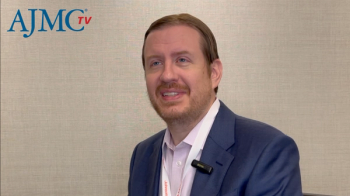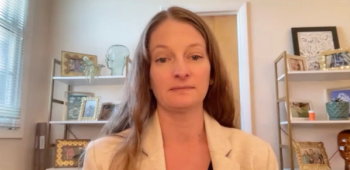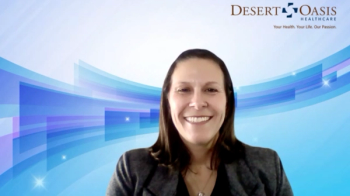
Dave Fried Discusses Benefit Design and Rising Healthcare Costs
Employees have seen their healthcare costs rise about as much as they can, and the employers have also taken on about as much burden as they can, so now they’re looking at things that they can do and strategies that they can take to make sure that they’re providing the right benefits to the right people, says Dave Fried, chief executive officer of Tricore Human Capital Management.
Employees have seen their healthcare costs rise about as much as they can, and the employers have also taken on about as much burden as they can, so now they’re looking at things that they can do and strategies that they can take to make sure that they’re providing the right benefits to the right people, says Dave Fried, chief executive officer of Tricore Human Capital Management.
Transcript What is Tricore? What does the company do for its clients?
Tricore is a little bit of a unique company in that we are a payroll and also a benefits company, so we’re one of the few companies that manages both for our employers. Typically, our employers are what we call the mid-market, which is anywhere between 500 and a 1000 employees.
You've been involved in the field of employer health benefits for 20 years. What changes have you seen regarding the ways employers take interest in benefit design?
Employers are getting squeezed typically more and more. The cost of healthcare continues to go up anywhere between 8% and 20%, depending on your market, depending on where you are in the country. This year, on average, our employers have seen about a 12% increase. So the double-digit increases are becoming more and more of a burden. Everyone has tried to do what they can to manage cost from an employee-sharing standpoint, and [employers] are continuing to push the burden back onto the employee, and that has since become a burden for the employee. So now, to attract good employees, they’re trying to think about what they can do to bring down the cost of healthcare and being able to get more and more involved in their plan—and what they are and what they’re not going to pay for. Employers are starting to look a little bit differently than they used to in the past because they have no choice. Employees have seen their healthcare cost rise about as much as they can, and the employers have also taken on about as much burden as they can, so now they’re looking at things that they can do and strategies that they can take to make sure that they’re providing the right benefits to the right people. They’re looking at self-insuring certain portions of the deductible and also trying to take a hard look at what they are and what they’re not going to pay for going forward in the future. And [there are] lots of different kinds of conversations that different employers are having to really try and bring down costs. Cost is continuing to be a burden, especially for the mid-market.
Newsletter
Stay ahead of policy, cost, and value—subscribe to AJMC for expert insights at the intersection of clinical care and health economics.

















































